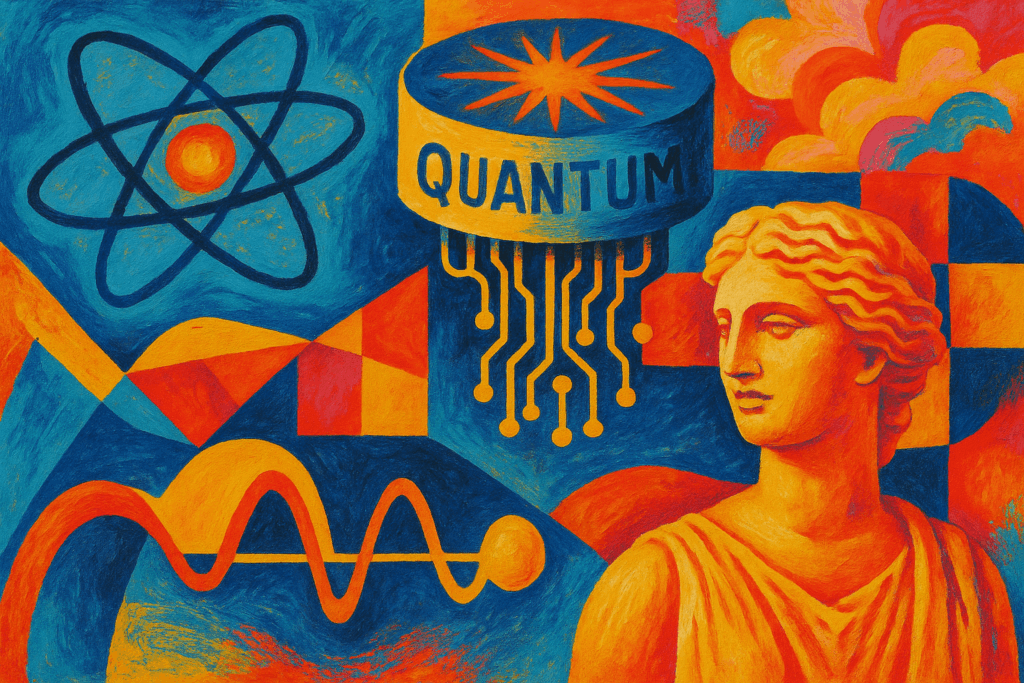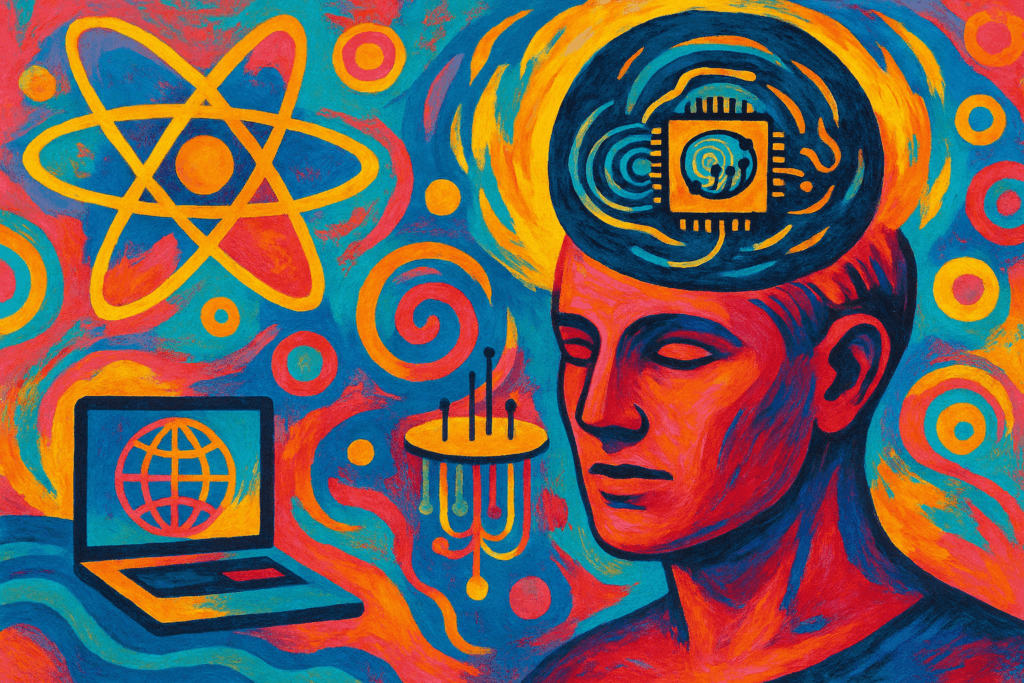The Quiet Revolution: Quantum’s Present Presence
Quantum technology is often seen as a future promise, yet its impact is already felt across numerous industries. Building on the breakthroughs of the first quantum revolution that led to technologies like MRI and GPS, the ongoing second quantum revolution is revealing new capabilities. These advances extend quantum science beyond theory, providing tools and systems that address real-world problems today.
Quantum Sensing and Communication: Immediate Benefits
One of the most tangible outcomes of current quantum research is in quantum sensing and communication. Unlike the challenges faced in building fully scalable quantum computers, many quantum sensors leverage the unique properties of quantum states—even those imperfectly stable—to deliver superior accuracy and sensitivity. For example, gravimeters utilizing quantum principles are transforming geological exploration by detecting minute variations in Earth’s gravity. Similarly, quantum magnetometers improve navigation in environments where traditional GPS systems struggle, such as underwater or densely built urban areas.
Transforming Sectors: Healthcare and Beyond
Healthcare is a leading area benefiting from quantum sensing technologies. Quantum sensors can map the magnetic fields of the human heart with exceptional precision, enabling earlier and more accurate diagnosis of cardiovascular diseases. Beyond sensing, cloud-accessible quantum computers are emerging as complementary tools, assisting researchers in modeling complex molecular structures and accelerating drug discovery. These developments signal how quantum technology complements existing systems rather than waiting for the realization of large-scale quantum computing.
The Trajectory Forward
Quantum technology’s current success in sensing and communication offers a foundation for future innovations, including in artificial intelligence. By providing enhanced data acquisition and secure communication channels, quantum systems support the development of AI with improved capabilities and reliability. While the pursuit of fault-tolerant quantum computers continues, practical quantum tools are already improving industries and hint at a future where quantum and AI technologies converge to create unprecedented advances.
As the second quantum revolution unfolds, the emphasis on real-world quantum applications moves the field beyond speculative horizons and into contemporary relevance. The quantum technologies available today play a vital role in shaping a more precise, connected, and intelligent world.




